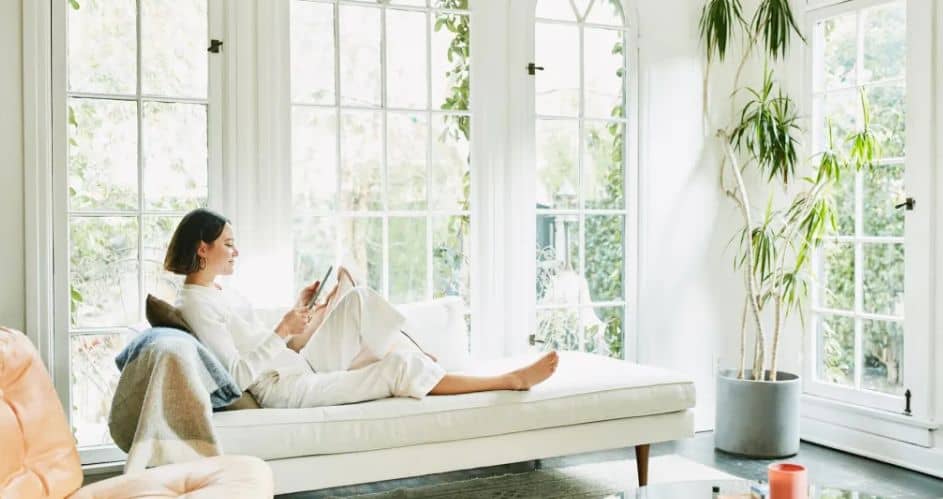
What if the key to a happier, more productive life lies in the arrangement of your living room furniture or the color of your bedroom walls? Sounds too good to be true? Not according to the principles of interior design psychology.
This article will unravel the mysteries behind how your surroundings impact your mood and behavior and how savvy design choices can transform spaces into sanctuaries of comfort and inspiration. It will also discuss how well-planned kitchen remodeling can enhance the space’s aesthetics, functionality, and atmosphere.
Understanding the Impact
Have you ever noticed how being in a cluttered, chaotic space can make you feel stressed or anxious? Conversely, stepping into a well-organized, harmonious environment can instantly put you at ease. That’s because your surroundings have a profound effect on your mood and mental state.
Color Psychology
One of the most powerful tools in interior design is color. Different colors can evoke different emotions and behaviors. For example, warm tones like red and orange tend to energize and stimulate conversation, making them perfect for social spaces like living rooms or dining areas.
On the other hand, cool colors like blue and green have a calming effect, making them ideal for bedrooms or offices where relaxation and focus are desired.
Lighting Matters
Another crucial aspect of interior design is lighting. Natural light has been shown to boost mood and productivity, while artificial lighting can be used to create ambiance and highlight specific features of a room.
By strategically incorporating both natural and artificial light sources, designers can enhance the atmosphere of a space and influence how people feel within it.
The Power of Texture and Pattern
Texture and pattern also play a significant role in interior design. Rough textures can add depth and coziness to a room, while smooth textures can create a sense of sleekness and modernity. Similarly, bold patterns can make a statement and add visual interest, while subtle patterns can create a sense of harmony and cohesion.
Moreover, texture and pattern can evoke specific emotions and associations. For example, natural materials like wood or stone can create a sense of connection to the outdoors, fostering feelings of calm and tranquility.
On the other hand, bold geometric patterns can add dynamic energy to a space, inspiring creativity and movement.
Incorporating a variety of textures and patterns into your interior design scheme can create a multi-dimensional environment that engages the senses and sparks curiosity.
Mix soft fabrics like velvet or wool with hard surfaces like metal or glass to create contrast and balance. Experiment with different patterns – from subtle stripes to dramatic florals – to add depth and personality to your space.
Kitchen Remodel
A well-planned kitchen remodeling can do wonders for the aesthetics, functionality, and atmosphere of the space. Imagine walking into a kitchen with ample natural light streaming in through large windows, fresh white walls that make the space feel bright and airy, and sleek countertops that invite you to prepare delicious meals.
By carefully choosing materials, colors, and layout, a kitchen can become more than just a place to cook – it can become the heart of the home. In this gathering space, friends and family come together to share laughter, stories, and good food.
Elements like an island with seating or a cozy breakfast nook can encourage social interaction. At the same time, smart storage solutions can keep clutter at bay and make meal prep a breeze.
Conclusion
In conclusion, interior design is a powerful tool for shaping experiences and influencing emotions and behaviors. Whether you’re redesigning your entire home or just sprucing up a single room, it’s essential to consider the psychological impact of your design choices.
By understanding how color, lighting, texture, and layout can affect mood and behavior, you can create spaces that look beautiful and feel comfortable, welcoming, and inspiring.
So, the next time you step into a well-designed room, take a moment to appreciate the thought and intention behind it – and notice how it makes you feel.